The importance of art
“Art lives around us, it’s everywhere all at once — in the literature we read, cinema we watch, architecture we admire and more.” (Photo by Igor Miske | Courtesy Unplash)
April 24, 2020
Imagine a world without the arts — a world without any music, film, dance, literature or any of the countless other mediums art exists through. That world is difficult to imagine, as a world without art or culture would be a devastatingly desolate, meaningless and dull one — devoid of the creativity and imagination we, as humans, possess. Art is the creative expression of one’s ideas and imaginations — it occupies every corner of the world. Yet, the importance of the arts is constantly being questioned, disregarded and taken for granted in many ways, starting with a lack of funding and education.
Funding and education
Since 2017, the Trump administration has repeatedly proposed the elimination and reduction of federal funding for several arts and humanities institutions, including the National Endowment for the Arts and the National Endowment for the Humanities. Agencies such as the NEA are frequently targeted with budget cuts imposed by the government so the government can increase spending elsewhere.
This trickles down to the state level, where art funding for painting, sculpture and music classes are usually cut — as science and math are considered the common core subjects. Cutting arts funding in elementary and secondary education portrays arts education as soft and elective in comparison to their more science-centered counterparts. However, a study published in 2016 showed that students with four years of arts-related courses scored, on average, 92 points higher on their SATs than those who had taken less.
The arts are extremely significant to education. The beauty of teaching the arts to students is that it aids in developing creative people who think independently — self-expressive people with imaginative and innovative thinking. The arts should not be seen as secondary or supplementary to math and science courses. Rather, they should be seen as equally important in providing students with a well-rounded education.
In a paper titled “The Arts and Academic Achievement,” Lois Hetland and Ellen Winner wrote, “The arts are a fundamentally important part of culture, and an education without them is an impoverished education, leading to an impoverished society.”
“Studying the arts should not have to be justified in terms of anything else,” they continued. “The arts are as important as the sciences: they are time-honoured ways of learning, knowing, and expressing.”
Art, science and culture
Art has a monumental impact on culture and society around the world. Throughout human existence, art has been an imperative tool in measuring cultural sophistication and recording history. Before language and the written word were developed, mankind shared their lives and stories through art, leaving behind cultural artifacts and constructions still existing today — Stonehenge, the Greek Parthenon, Roman Colosseum, St. Peter’s Basilica and more. It is through a culture’s art that society gains a deeper insight into the history of said culture.
Every era throughout history has been defined or classified by the advancements of civilization — Byzantine, Stone Age, Middle Ages, Renaissance, etc. These eras in time include both artistic and scientific advancements of humans, not one or the other. The Renaissance (1300-1600) saw the rebirth of art after the dark ages, but more importantly the fusing of art and science. This fusion is portrayed in works like “Vitruvian Man,” created by Leonardo Da Vinci, which brings together ideas of art, architecture, human anatomy and symmetry into one image.
Art and science go hand-in-hand in shaping culture — without one or the other, the world would be a worse place to live in. They are two sides of the same coin — manifestations of human creativity seeking to understand and describe the world around us.
Appreciating art in our lives
Art lives around us, it’s everywhere all at once — in the literature we read, cinema we watch, architecture we admire and more. It transcends language, political, social and cultural boundaries — seeking to bring people together as members of the human race instead of dividing. It exists as a pathway to a greater understanding of the world and ourselves, enriching our souls with passion in the process.
English professor John Keating (played by Robin Williams) said it best in the 1989 film “The Dead Poets Society,” before quoting Walt Whitman’s “Leaves of Grass.” “We don’t read and write poetry because it’s cute. We read and write poetry because we are members of the human race. And the human race is filled with passion,” he said in the film. “And medicine, law, business, engineering — these are noble pursuits and necessary to sustain life. But poetry, beauty, romance, love — these are what we stay alive for.”
Art — in its various mediums — is vital in sustaining life. It should be viewed as highly important to education to create a thriving society with meaningful expression, imagination and flourishing cultures.


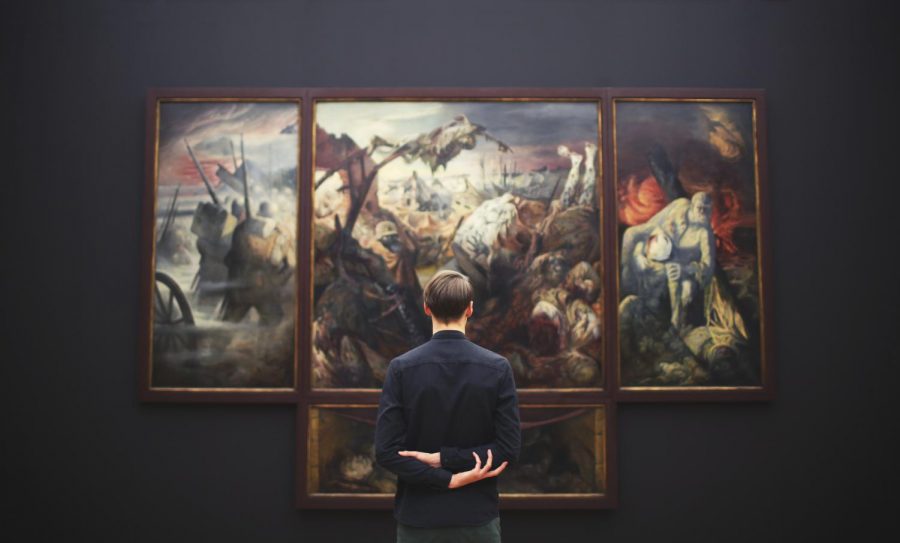

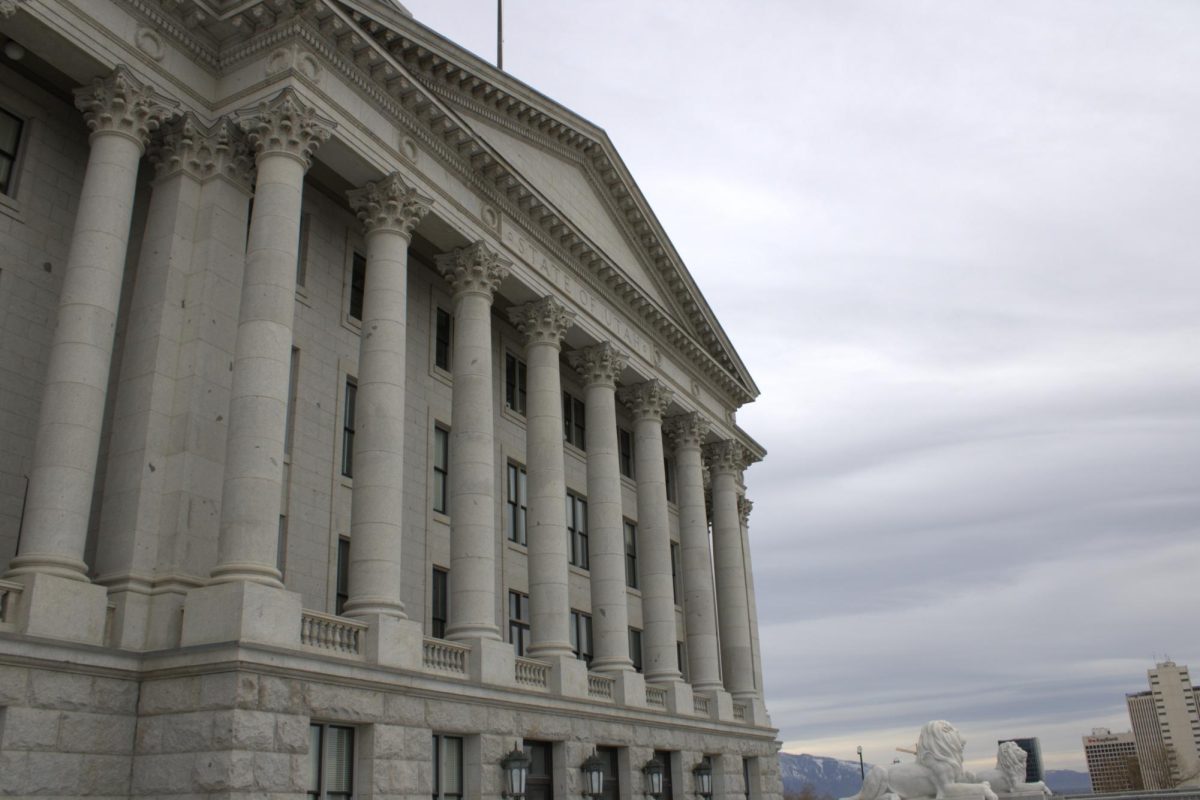
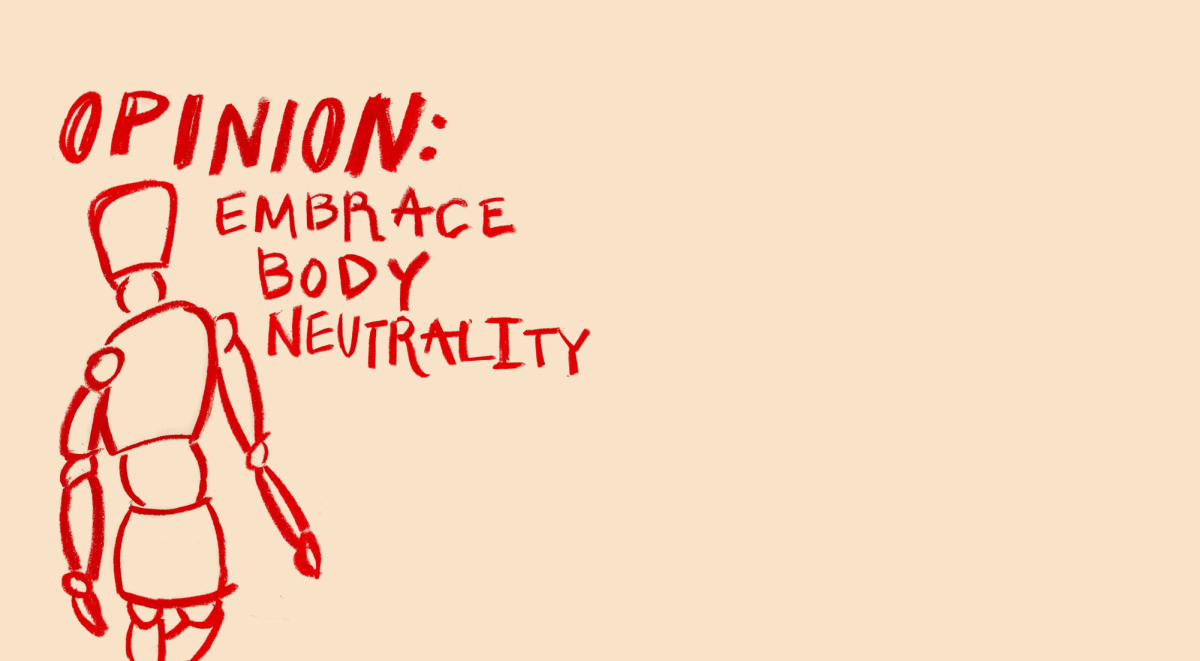
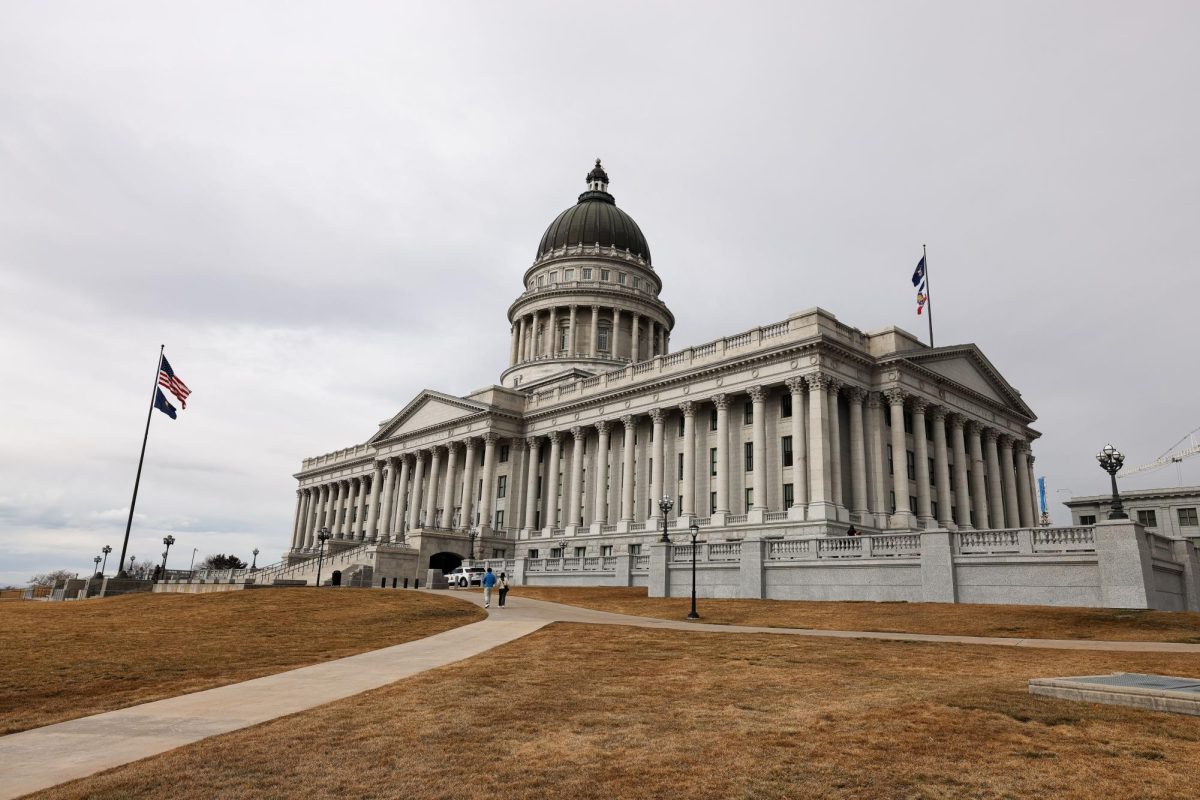

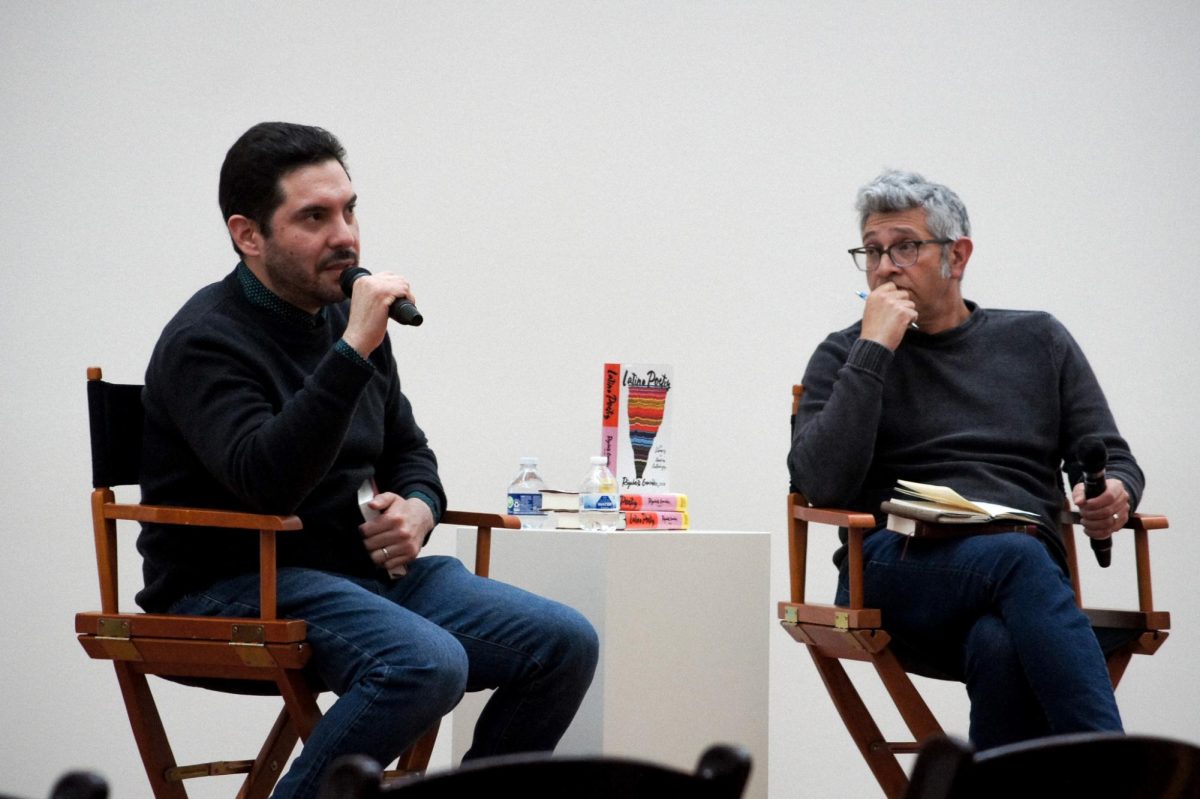




Zafirah • Dec 10, 2021 at 1:01 am
Really appreciate this article… I love this!!